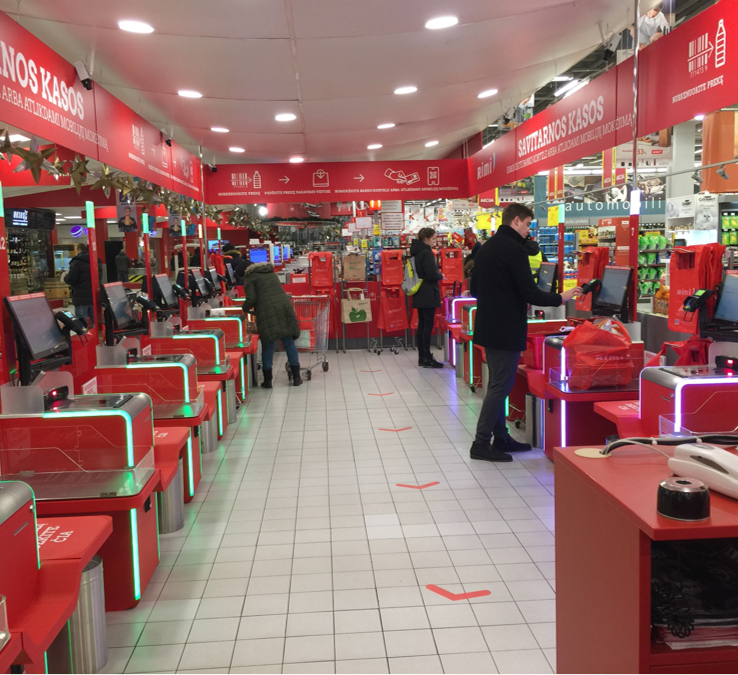More and more shops are choosing to implement self-checkouts. However, retailers and customers are still struggling to actually use them. Changing shopping behaviour is difficult, but possible with the right implementation. What should it look like and what should you pay attention to?
Shop analysis.
The decision to implement a self-checkout system in a shop is always an investment preceded by a careful review of the offers. I have already written about how to choose the right self-checkout here. However, the key element for optimal use of self-checkouts is their implementation. Even the prettiest, best or most expensive SCO will not ensure success. The key is to understand the specifics of your shop and your customers’ shopping behaviour. Implementing self-checkouts in every shop will look different. It is important to consider how to implement SCO to achieve the objectives set by shop owners.
What does the purchasing process look like in your shop?
Before the implementation of self-checkouts in your shop can begin, the shopping process must be analysed. The basis for a thorough shop analysis is the POS data modelling technique, i.e. obtaining sales data of the shop and proposing different self-checkout systems. The choice should not only be made based on sales data alone, you should observe your customers and conduct short interviews with them.
The size of the shop and its nature is also an important factor. Is it a neighbourhood shop or a large supermarket? What is its location? Perhaps offices or schools nearby mean that our shop has more customers at certain times. How do our customers like to shop? Do they use trolleys or baskets, or do they take the goods in hand? How do they like to pack it – in a carrier bag, in their own net or maybe in their pocket? By looking at these factors, you can determine where you should place your self-checkouts.
Let’s look at the customers.
Customers’ purchasing behaviour tells us a lot about their needs. Analysing them allows us to propose a solution that responds to them. How many customers visit our shop each week? What goods do they buy? Maybe you should consider Select&Collect if your customers buy tobacco or premium items?
And then there’s this…
The shop analysis will also identify key success indicators and calculate potential savings on labour costs and give an idea of what security measures should be implemented at the self-checkouts, in our shop.

Self-checkout implementation vs. positive experience.
Once the self-checkout system has been selected and implemented, the next step is to create a positive experience when using it. In particular a positive first experience. How do you encourage people, both staff and customers, to use self-checkouts? How to ensure that staff are not afraid to use them? First and foremost, the process of using a self-checkout should be as simple as possible. It should be so intuitive that using it is natural, without the need to put special effort into learning. Remember that today’s staff and customers are technologically literate. They already use telephones, information kiosks or even electronic printing of numbers in offices. An intuitive interface will not be a special challenge for them.
Staff.
Firstly, staff should be well trained and taught how to encourage customers to use self-checkouts. At peak times in the shop, staff should talk to customers queuing and encourage them to try the self-service checkouts. Of course, staff must communicate the benefits and give all support to the customer.
Interventions.
During the implementation of the self-checkout system, it is necessary to work intensively on reducing interventions, as they always create a negative customer impression. At this stage, technical errors that occur should be actively worked on. Being aware of recurring errors will allow you to intensively search for solutions and reduce interventions. Remember; mistakes happen but they should be fixed and not repeated.
In summary, to be successful in implementing self-checkouts you need to:
- Analyse the shop using data modelling, customer observation and interviews with staff and customers.
- Choose the right location for the machines in the shop.
- Train staff on how to encourage customers to use self-checkouts.
- Create a positive first impression when using self-checkouts, for both customers and shop staff.
- Reduce the number of interventions by proactively fixing problems so that they do not reoccur.


Leave a Reply